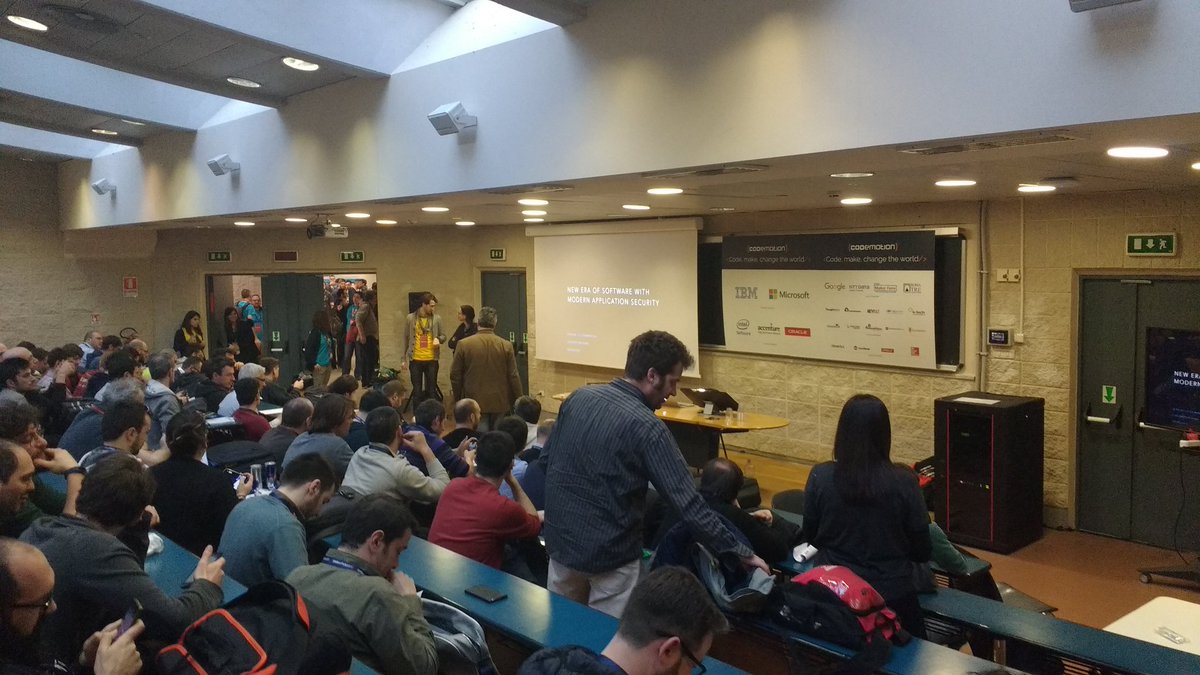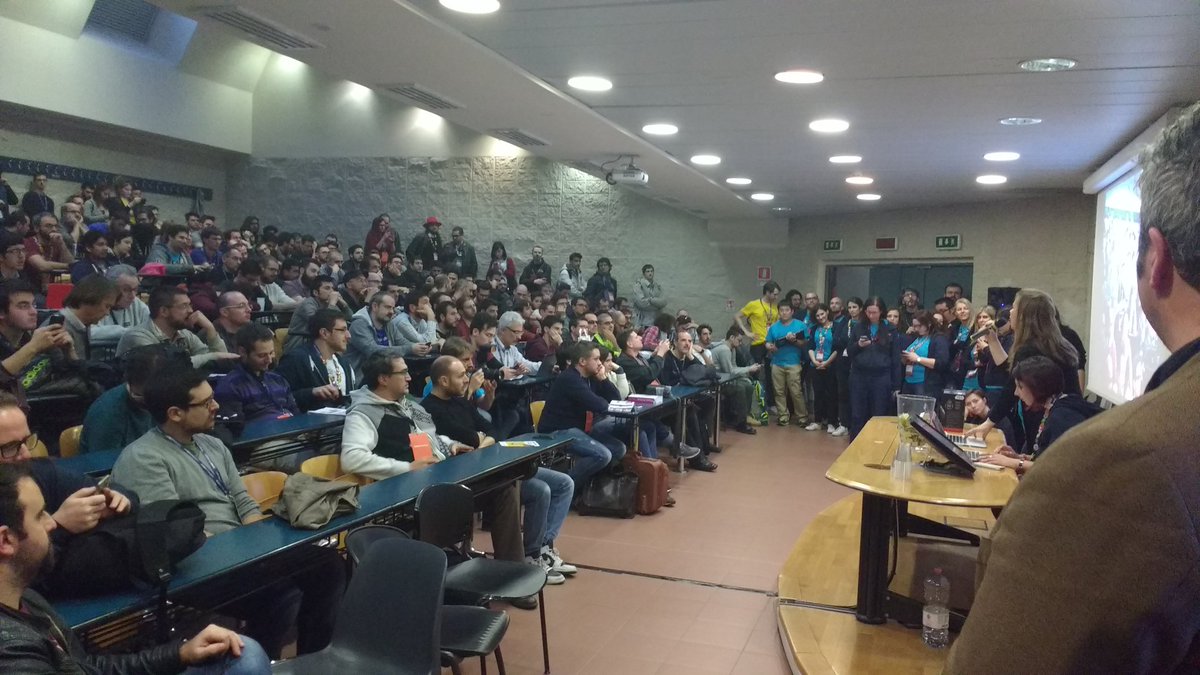
This analogy is inspired by David Rice's amazing keynote at OWASP AppSec USA 2010 "Upon the threshold of opportunity" (which you can see the video here)
David Rice is the author of the also amazing Geekonomics book, which really shows The Real Cost of Insecure Software
Unfortunately, David Rice after going to work for Apple, seems to have disappeared from the internet, which is a great loss for the world, since he was doing amazing research (of course that I'm sure he is doing great stuff for Apple, but it is a shame that we are not able to learn from him anymore)
David's http://blog.geekonomicsbook.com/ book site is down, but luckily the wayback machine was able to get a copy of the page with the abstract of this talk:
-
In the 1960s, pollution in the United States reached a breaking point. Large corporations, by and large, had been unresponsive to environmental issues leaving the nation's skies filled with smog, rivers filled with sludge, forests defoliated by acid rain, and fresh water lakes declared "dead." The natural heritage of the nation was being destroyed by its industrial prosperity.
The U.S. response was a series of less-than-satisfactory regulatory attempts to correct for substantial environmental damage. Faced with serious and costly legacy issues of industrialism however, many companies stonewalled and delayed for much of the 1980s and 1990s, emphasizing legal compliance and reactionary practices over real progress. The turn of the century ushered in a fresh perspective in corporate America, with companies like GE, DuPont, and Wal-Mart actively pursuing sustainability initiatives linked to corporate performance, transforming environmental crisis into financial opportunity. What happened?
Within the story of the U.S. battle against environmental pollution lies key lessons for confronting the equivalent of pollution in cyberspace: software vulnerabilities. The toxic effluence of software vulnerabilities leave networks saturated with spam, computers clogged with malware, and servers defoliated of sensitive private data.
To date, a series of less-than-satisfactory regulatory attempts – such as PCI, SOX, and data breach laws – have been enacted to address what appears to be widespread unresponsiveness to the substantial harm to the global digital eco-system caused by unrestricted vulnerability dumping. Faced with serious and costly legacy issues of poorly implemented software systems however, many companies continue to stonewall or delay security programs, emphasizing legal compliance and reactionary practices while demonstrating no real improvement. What would it take to change this, to turn the crisis of “pollution” in cyberspace into an opportunity?
This keynote highlights a possible fresh perspective, putting software security into the context of social responsibility linked to corporate performance, illustrating how the software market - like corporate America - stands upon the threshold of its greatest opportunity.
Related posts:




